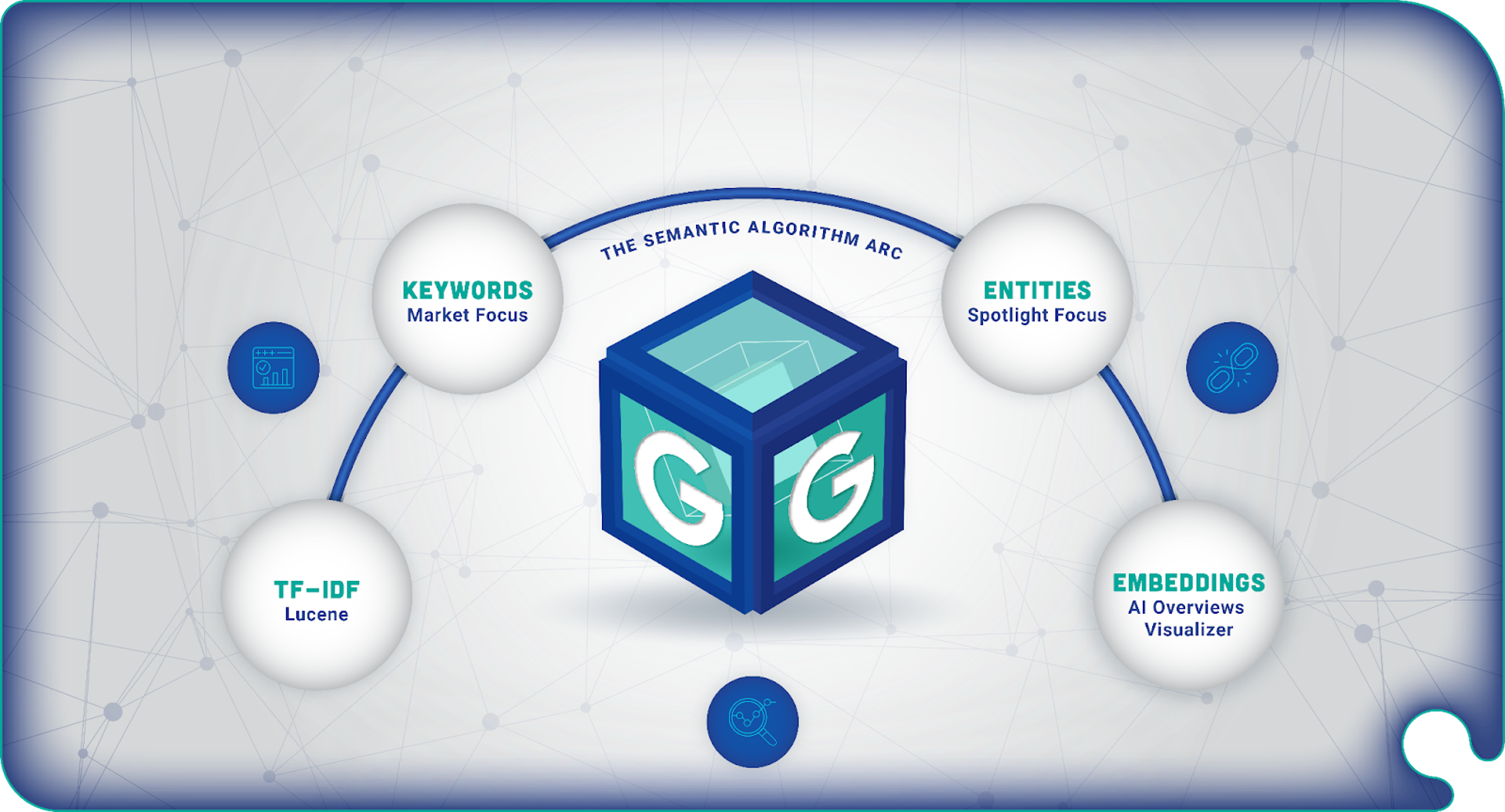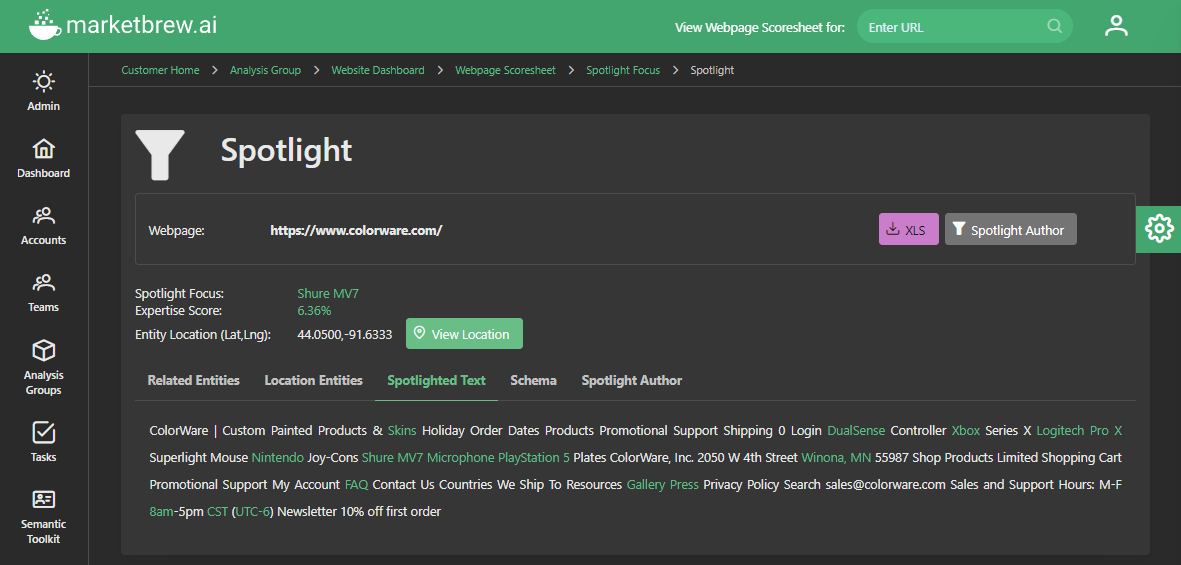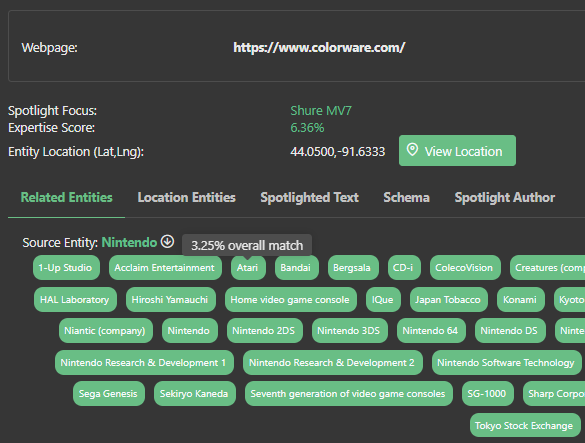Topic Clusters in SEO: How to Improve Your Search Engine Rankings
In recent years, the use of topic clusters has emerged as a key strategy for improving search engine optimization (SEO) and increasing the visibility of content on the web.
This article explores the concept of topic clusters and how they can be used to improve SEO, followed by a discussion of how topic clusters can help improve search engine rankings.
The article then goes on to explain how to create and implement a topic cluster strategy, including tips for choosing the right topics and keywords, organizing content within the cluster, and promoting the cluster to maximize its impact.
Finally, the article offers some best practices for maintaining and updating a topic cluster over time to ensure that it continues to be effective in improving search engine rankings.
Topic clusters are a powerful SEO strategy that can greatly improve your Google rankings if implemented properly. By organizing your content into clusters of related topics, you can create a web of interconnected pages that signal to search engines the depth and breadth of your knowledge on a particular subject.
This not only helps Google understand the relevance of your content, but also provides valuable information for users looking for comprehensive information on a specific topic. Additionally, the internal linking within a topic cluster can help boost the topical authority and trustworthiness of your website, which can improve your overall search engine rankings. By carefully planning and executing your topic clusters, you can achieve higher visibility and better organic traffic from search engines.
The Role of Topic Clusters in SEO
One of the key strategies that has emerged in recent years for improving SEO is the use of topic clusters.
A topic cluster is a group of related content via ontologies that is organized around a central theme or topic. Each cluster typically includes a number of different pieces of content, such as blog posts, articles, videos, and infographics, that are all related to the central topic.
By organizing content into topic clusters, it becomes easier for search engines to understand the relevance and context of the content, and to rank it more effectively.
There are several key benefits to using topic clusters for SEO:
- Improved search engine rankings: By organizing content into topic clusters, it becomes easier for search engines to understand the relevance and context of the content, and to rank it more effectively. This can help improve the rankings of the content on search engines, making it more likely to be found by users.
- Enhanced user experience and engagement: By providing a clear and well-organized structure for content, topic clusters can make it easier for users to find and consume the information they are looking for. This can improve the user experience and increase engagement with the content, leading to better search engine rankings.
- Increased visibility and reach for content: By creating a cluster of related content, it becomes easier for search engines to discover and index the content, making it more likely to be found by users. This can increase the visibility and reach of the content, allowing it to reach a wider audience and potentially drive more traffic to the website.
The Difference Between Topic Clusters and Keywords
Topic clusters and keywords are two important elements in search engine optimization (SEO). While they both play a role in helping a website rank higher on search engine results pages (SERPs), they have distinct differences that should be understood in order to effectively implement an SEO strategy.
Topic clusters refer to a group of related content or named entities on a website that is organized around a specific theme or topic. This allows for a more holistic approach to SEO, as it provides a clear structure for the content on a website and allows for more targeted and relevant keyword usage.
Keywords, on the other hand, are individual words or phrases that are used to signal the topic and relevance of a piece of content to search engines. They are an essential component of SEO, as they help search engines understand the topic and content of a website and match it to relevant search queries.
While keywords are an important part of topic clusters, they should not be the sole focus of an SEO strategy. Instead, a well-developed topic cluster should include a variety of related keywords that are strategically placed throughout the content to signal its relevance to search engines.
In summary, topic clusters and keywords are both important elements in SEO, but they serve different purposes. Topic clusters provide a clear structure and organization for a website’s content, while keywords signal the relevance of that content to search engines. Understanding the differences between these two elements can help businesses effectively implement an SEO strategy that improves their website’s ranking on SERPs.
Pillar Pages vs. Cluster Pages
Pillar pages and cluster pages are two key components of a topic cluster strategy in SEO. A pillar page is a comprehensive, authoritative page on a specific topic that serves as the central hub for a group of related topics. This page provides an overview of the topic and links to a series of cluster pages that delve deeper into subtopics within the main topic.
Cluster pages, on the other hand, are individual pages that focus on a specific subtopic within the main topic. These pages provide detailed information on the subtopic and may include links to additional resources or related cluster pages.
An example of a pillar page for Travel SEO might be a page about cruise ships. The cluster pages would then be about the different types of cruise ships.
By creating a pillar page and cluster pages within a topic cluster, businesses can effectively organize and structure their content to improve search engine visibility and ranking. This strategy allows for better navigation and internal linking, which helps search engines understand the relevance and authority of a website on a particular topic.
In addition, topic clusters can help businesses attract and engage their target audience. By providing comprehensive and relevant information on a specific topic, businesses can establish themselves as experts in their field and build trust with potential customers.
Overall, pillar pages and cluster pages are crucial elements of a successful topic cluster strategy in SEO. By organizing and structuring content around specific topics, businesses can improve their search engine visibility and attract and engage their target audience.
What is Centerpiece Annotation?
Centerpiece annotation is a technique used in the field of bibliographic indexing to identify the most important or relevant information in a document or other piece of text.
This technique involves highlighting or otherwise marking the key points or ideas in the text, and providing a brief explanation or summary of each point.
Centerpiece annotation is typically used in academic or research settings, where it can help readers quickly understand the main ideas and arguments presented in a document. This technique can also be useful for indexers who are creating bibliographic records or abstracts for a document, as it allows them to identify and summarize the most important information in a concise and organized manner.
Centerpiece annotation could potentially be used in search engines to help improve the relevance and quality of search results. By identifying and summarizing the key points in a document, a centerpiece annotation could provide a brief overview of the document's content and allow search engines to more accurately match the document to a user's search query.
In addition, centerpiece annotation could also be used to provide additional context and information about a document, such as its title, author, publication date, and references. This additional information could help search engines better understand the content and context of the document, and could also help users decide which documents are most relevant and useful for their search query.
Search engines use centerpiece annotation to improve the user experience by providing a more organized and user-friendly display of search results. For example, a centerpiece annotation could be used to create a summary or excerpt of each search result, which could allow users to quickly scan and evaluate the results without having to click on each individual result. This could help users find the information they are looking for more quickly and efficiently, and could also help search engines deliver more relevant and personalized search results.
In addition, centerpiece annotation could also be used to provide additional context and information about a document, such as its title, author, publication date, and references. This additional information could help search engines better understand the content and context of the document, and could also help users decide which documents are most relevant and useful for their search query.
hOW dOES iT wORK
Creating and Implementing a Topic Cluster Strategy
To effectively use topic clusters for SEO, it's important to have a well-planned and executed strategy. Here are some key steps to follow when creating and implementing a topic cluster strategy:
- Organize content within the cluster: Once you have chosen your topics and keywords, the next step is to organize the content strategy within the cluster. This involves creating a clear and logical structure for the content, with the central topic at the center and related subtopics branching out from it. It's important to make sure that the content is well-organized and easy to navigate, so that users and search engines can easily find and understand the content.
- Promote the cluster to maximize its impact: After organizing the content within the cluster, the next step is to promote the cluster to maximize its impact. This involves implementing various tactics to drive traffic and engagement to the cluster, such as sharing the content on social media, participating in relevant online communities and forums, and reaching out to influencers and industry experts to promote the cluster. By promoting the cluster effectively, you can increase its visibility and reach, making it more likely to be found by users and improving its search engine rankings.
Best Practices for Maintaining and Updating a Topic Cluster
Once you have created and implemented a topic cluster strategy, it's important to regularly review and update the cluster to ensure that it remains effective. Here are some best practices for maintaining and updating a topic cluster:
- Regularly review and update the content: Over time, the content within a topic cluster may become outdated or irrelevant. It's important to regularly review the content within the cluster and update it as needed to keep it fresh and relevant. This may involve adding new content to the cluster, updating existing content, or removing outdated content.
- Monitor performance and make adjustments as needed: As you implement your topic cluster strategy, it's important to monitor the performance of the cluster and make adjustments as needed. This may involve tracking key metrics such as traffic, engagement, and search engine rankings, and using that data to identify areas for improvement and make adjustments to the cluster.
- Continue to add new content to the cluster: To keep a topic cluster fresh and relevant, it's important to continue adding new content to the cluster over time. This may involve creating new content that is related to the central topic, or repurposing existing content in new and interesting ways. By regularly adding new content to the cluster, you can ensure that the cluster remains fresh and engaging, and continues to attract and retain users.
TOPIC CLUSTER MODELING
Market Brew Topic Cluster Modeling
Market Brew's Topic Cluster Modeling is called Spotlight, which is a primary input into the Spotlight Focus algorithm.
They make up semantic algorithm arc of four distinct approaches to classifying content.

Market Brew Spotlight brings together a number of new Natural Language Processing (NLP) technologies and Market Brew's own Knowledge Graph (modeled after Wikipedia / Wikidata) to provide the user enhanced content abilities within the search engine model.
Among other things, Market Brew Spotlight performs named entity recognition, including entity extraction, detection, and disambiguation.
HOW SEARCH ENGINES SEE ENTITIES.PNG
View our FREE Search Engine Visualizers for both Entities and Embeddings!
- the Spotlight Visualizer to see an example of how search engines see entities
- the Search Generative Experience SGE Visualizer to see an example of how search engines see embeddings

You can view highlighted entities that were detected and then automatically disambiguated (resolved to a specific Market Brew Knowledge Graph item) the entity that it is referring to.
This allows Market Brew to extract meaning and relationships from unstructured data, for any Webpage.
Among each entity’s properties:
1. Abstract: a ~1000 word abstract about the entity, essentially a summary of it’s corresponding Wikipedia article. This gives the Market Brew users an immediate overview of what may be missing from the web page's content immediately surrounding the word.
2. Related Entities: links to each related entity in Market Brew’s Knowledge Graph. When all related entities are taken into consideration, this provides Market Brew with the ability to model algorithms like an “Expertise” Score (the "E" in Expertise, Authoritativeness, Trustworthiness) for each web page, and gives users the ability to know what additional expert information is missing from the web page content.
3. Related Subjects: a list of subjects that the entity belongs to in Market Brew’s Knowledge Graph. Entities that share the same subjects will be queried automatically by Market Brew to reveal Topic Clusters -- giving Market Brew users the ability to know what other web pages they should create (and/or link to).

Each web page is assigned an "Expertise Score", which allows users to understand how much of the topic cluster has been written about.
Additionally, hovering over each Related Entity will reveal how much the web page has covered that specific topic.

Users can simply copy a winning strategy right from the start and test those SEO changes immediately to confirm that the correct Topic Cluster is now in place, and sufficient content has been written to be viewed as an expert in this area.
Choose Market Brew's SEO software to take your topic cluster modeling to the next level.
You may also like
Guides & Videos
Others
Spotlight Focus Algorithm for SEO to See Entities
Guides & Videos
Ultimate Guide to Multilingual SEO
Guides & Videos
Others


